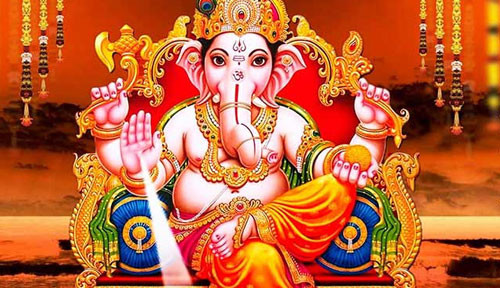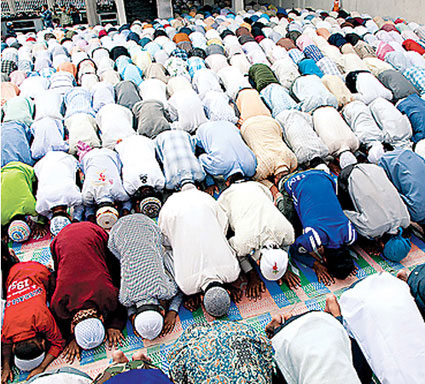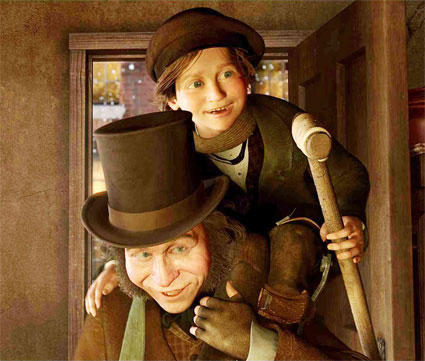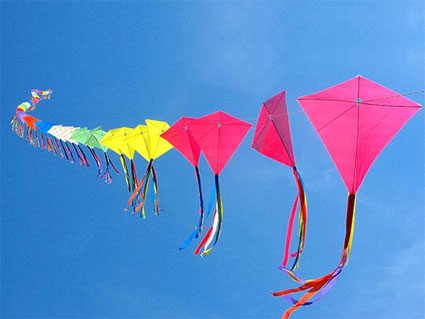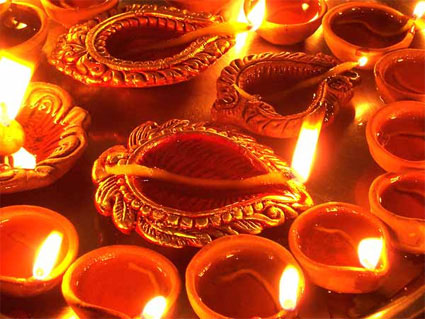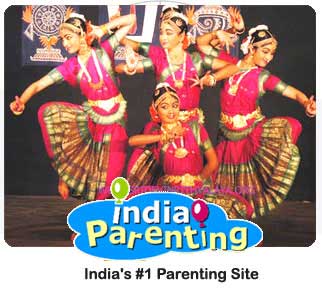In the year 2012 Ganesh Chaturthi will be celebrated on the 19th of September. Read on to know more about the celebration and the significance of Ganesh Chaturthi.Ganesh Chaturthi marks the birthday of Lord Ganesh and is celebrated with a lot of fervour around the world and particularly in Maharashtra, India. Vinayak Chaturthi or Vinayak Chavithi are the other names of the festival that is celebrated during the Bhadra or Bhadrapad month of the Hindu calendar, which falls usually between mid-August to mid-September. In this articleThe Time of Ganesh PujaThe Ganesh Chaturthi CelebrationsOfferings to Lord GaneshGanesh Visarjan - The Farewell The Time of Ganesh Puja The Puja commences in the Amrit Kall or the auspicious time which is determined by the priests according to the position of the stars and constellations. The ritual of Ganesh Avahana or welcoming of the Lord takes place after the Stapana or installation of the idol. The Madhyana Kaal is believed to be the auspicious time when Lord Ganesh was born to Shiva and Parvati. The worship continues in varied timings like for a day and a half, or five, or seven or eleven days. It basically depends on the respective family tradition or the commitment of the individual who is performing the Puja. The festival comes to an end with the completion of the Puja during the Anantha Chaturdashi when the devotees give farewell to the Lord and immerse the idol in the rivers, lakes, ponds, well or the sea. The Ganesh Chaturthi Celebrations The preparation of the festival basically starts almost 3-4 months prior to the Ganesh Chaturthi. The time is required for the building of the clay models of the God. Lifelike models that range from as little as 3/4 inches to over 25 feet are built and adorned with flowers and silks, sometimes even with jewels and ornaments specifically made for the Lord. The idol is placed for worship on an elevated platform in homes or in outdoor tents on playgrounds or lawns so that all the devotees can offer prayers and take Darshan of the Lord. The chief priest who presides and conducts the Puja is usually found to be clad in a shawl and red silk dhoti. The ceremony of invoking life into the idol is then commenced amidst the sound of conch shells, bells and the loud chanting of mantras. This ritual of invoking life is known as “Pranapathishthaâ€. This is then followed by the elaborate sixteen ways of paying tribute to the Lord. This ritual is known as “Shhodashopacharaâ€. Offerings to Lord Ganesh Lord Ganesh is believed to be very fond of “Modakâ€. It is a sweet preparation made of rice flour and twenty-one Modaks are offered to the Lord along with coconut and jaggery. Apart from these twenty-one “Durva†blades or trefoil and red flowers are offered. A paste of “Rakta-Chandan†or red sandal paste along with milk is poured over the idol for anointing the Lord. Ganesh Stotra from Narada Purana, Vedic hymns from the Rigveda and mantras from the Ganapati Atharva Upanishad are chanted to please the Lord. Ganesh Visarjan - The Farewell On the eleventh day of Anatha Chaturdashi, Idols of Lord Ganesh are carried out in procession through the streets. People from all walks of life rejoice the annual homecoming of the Lord amidst singing, dancing and greeting each other. The idol of the Lord is then immersed in the river, pond, lake, well or sea marking his journey to his father’s (Lord Shankar’s) abode in Kailash. Devotees believe that as the Lord leaves for Kailash, he takes away all the sorrow, pain and misfortunes of his devotees. The entire atmosphere resounds with the chants of “Ganapathi Bappa Morya, Purchya Varshi Laukariya†which means that “O Lord Ganesh, come again early next yearâ€.
In the year 2012 Ganesh Chaturthi will be celebrated on the 19th of September. Read on to know more about the celebration and the significance of Ganesh Chaturthi.Ganesh Chaturthi marks the birthday of Lord Ganesh and is celebrated with a lot of fervour around the world and particularly in Maharashtra, India.
Vinayak Chaturthi or
Vinayak Chavithi are the other names of the festival that is celebrated during the
Bhadra or
Bhadrapad month of the Hindu calendar, which falls usually between mid-August to mid-September.
The Time of Ganesh Puja
The Puja commences in the Amrit Kall or the auspicious time which is determined by the priests according to the position of the stars and constellations. The ritual of Ganesh Avahana or welcoming of the Lord takes place after the Stapana or installation of the idol. The Madhyana Kaal is believed to be the auspicious time when Lord Ganesh was born to Shiva and Parvati. The worship continues in varied timings like for a day and a half, or five, or seven or eleven days. It basically depends on the respective family tradition or the commitment of the individual who is performing the Puja. The festival comes to an end with the completion of the Puja during the Anantha Chaturdashi when the devotees give farewell to the Lord and immerse the idol in the rivers, lakes, ponds, well or the sea.
The Ganesh Chaturthi Celebrations
The preparation of the festival basically starts almost 3-4 months prior to the Ganesh Chaturthi. The time is required for the building of the clay models of the God. Lifelike models that range from as little as 3/4 inches to over 25 feet are built and adorned with flowers and silks, sometimes even with jewels and ornaments specifically made for the Lord.
The idol is placed for worship on an elevated platform in homes or in outdoor tents on playgrounds or lawns so that all the devotees can offer prayers and take Darshan of the Lord. The chief priest who presides and conducts the Puja is usually found to be clad in a shawl and red silk dhoti. The ceremony of invoking life into the idol is then commenced amidst the sound of conch shells, bells and the loud chanting of mantras. This ritual of invoking life is known as “Pranapathishthaâ€. This is then followed by the elaborate sixteen ways of paying tribute to the Lord. This ritual is known as “Shhodashopacharaâ€.
Offerings to Lord Ganesh
Lord Ganesh is believed to be very fond of “Modakâ€. It is a sweet preparation made of rice flour and twenty-one Modaks are offered to the Lord along with coconut and jaggery. Apart from these twenty-one “Durva†blades or trefoil and red flowers are offered. A paste of “Rakta-Chandan†or red sandal paste along with milk is poured over the idol for anointing the Lord. Ganesh Stotra from Narada Purana, Vedic hymns from the Rigveda and mantras from the Ganapati Atharva Upanishad are chanted to please the Lord.
Ganesh Visarjan - The Farewell
On the eleventh day of Anatha Chaturdashi, Idols of Lord Ganesh are carried out in procession through the streets. People from all walks of life rejoice the annual homecoming of the Lord amidst singing, dancing and greeting each other. The idol of the Lord is then immersed in the river, pond, lake, well or sea marking his journey to his father’s (Lord Shankar’s) abode in Kailash. Devotees believe that as the Lord leaves for Kailash, he takes away all the sorrow, pain and misfortunes of his devotees. The entire atmosphere resounds with the chants of “Ganapathi Bappa Morya, Purchya Varshi Laukariya†which means that “O Lord Ganesh, come again early next yearâ€.












